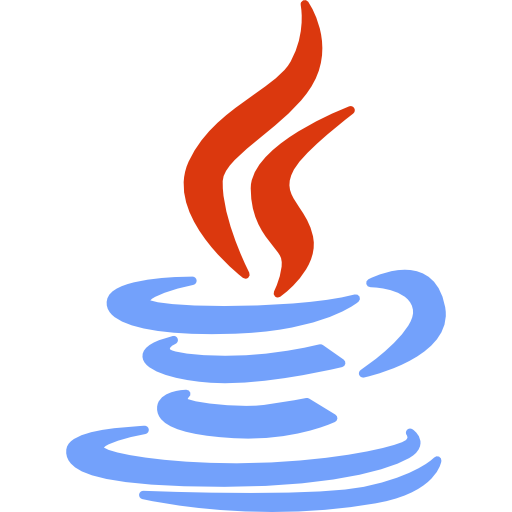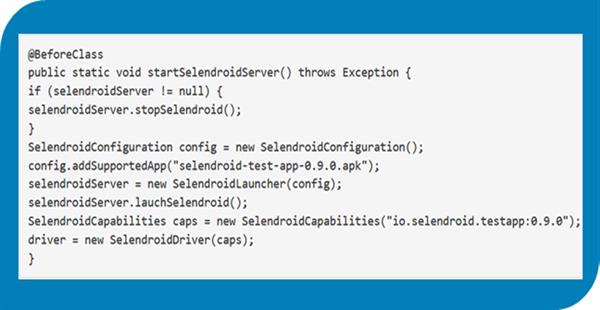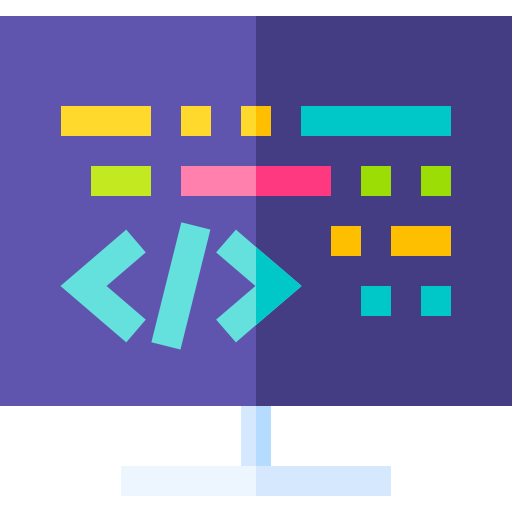Trending






Other FAQs
DevOps Interview Questions and answers for freshers
DevOps Interview Questions and answers for freshers
DevOps is an environment that makes it easy to function together with the production and services department. Throughout the product lifecycle, which leads to ongoing implementation training, implementation, implementation, and control of the program. Agile is a technique for software creation that relies on iterative, gradual, tiny, and fast application updates along with consumer reviews This solves differences and issues between the consumer and programmers.
A developer operating on an existing division needs to move to another division to focus on anything specific but the incomplete project does not want the programmer to make improvements. Git's storage is the answer to this dilemma. Your updated monitored documents are taken by Git stash and stored on a pile of incomplete modifications that you can reactivate at any moment.
Selenium is supportive of providing an Android operator to evaluate a program on an Android platform. For checking localized applications or mobile apps in the Android application, you can include the Selendroid or Appium application. Following is a sample code: 
DevOps is In the IT profession, it is a rapidly developing concept, DevOps is nothing but a procedure that demonstrates both computer programmers and the deployment(operations) squad's cooperation and cooperation It emphasizes on the quicker distribution of technology goods and reducing the production delay frequency
Yes, a specific individual of Memcache may be shared between several ventures. Memcache is a storage capacity, and on one or more machines, you can operate Memcache. Your client may also be programmed to communicate to a specific group of circumstances. So, on the same server, you can run two separate Memcache functions, and yet they are entirely autonomous If you have annexed the information, then it becomes important to know from which example to obtain or place in the records.
The Dogpile phenomenon applies to the case where a cache disappears, and the many applications created by the application at the same period impact the databases. By using a semaphore switch, this impact can be avoided. As quality disappears in this method, the first phase obtains the locking and begins producing fresh interest.
The most substantial problems encountered during the automated implementation phase are answered by the blue/green coloring template. You need to guarantee two equivalent development environments in the Blue/ Green Implementation strategy. At any specific moment in time, though, only one among them is Active. The Blue atmosphere is considered the Active area.
When the project develops their applications for the next update, they perform their ultimate development process in an atmosphere recognized as the Green Environment. The congestion is diverted into the Green environment until checked.
A CI/CD pipeline is a series of steps that must be performed in order to deliver a new version of the software. Continuous integration/continuous delivery (CI/CD) pipelines are a practice focused on improving software delivery using either a DevOps or site reliability engineering (SRE) approach.
A CI/CD pipeline introduces monitoring and automation to improve the process of application development, particularly at the integration and testing phases, as well as during delivery and deployment. Although it is possible to manually execute each of the steps of a CI/CD pipeline, the true value of CI/CD pipelines is realized through automation.
Ref Link: RedHad.com
Elements of a CI/CD pipeline
The steps that form a CI/CD pipeline are distinct subsets of tasks grouped into what is known as a pipeline stage. Typical pipeline stages include:
- Build - The stage where the application is compiled.
- Test - The stage where code is tested. Automation here can save both time and effort.
- Release - The stage where the application is delivered to the repository.
- Deploy - In this stage code is deployed to production.
Validation and compliance - The steps to validate a build are determined by the needs of your organization. Image security scanning tools, like Clair, can ensure the quality of images by comparing them to known vulnerabilities (CVEs).
Ref Link: RedHad.com
A creative direction to address consumer creation is by CBD or Component-Based Production. Development teams often search for established excellently, checked, and validated modules in this methodology to compile and incorporate them into a consumer rather than creating them from nothing.
Pair computing is an Intense Programming Principles technology technique Software designers operate on the same framework in this process, on the same architecture.
One developer serves as a "driver." Others work as a "spectator" to track the status of the project to find issues on an ongoing basis. Without some previous insinuation, the functions can be inverted at any stage in time.
If one example crashes, all of them go offline, and when the missing information is replayed as a customer makes a query this will place a greater burden on the computer system. To prevent this, if the software has been designed to mitigate database pileups, it will have a marginal effect.
Another approach is to pull up an example of Memcached using the Internet addresses of the missing computers on a new computer.
The software is another way to mitigate server outages as it allows you the freedom with limited effort to modify the Memcached server list.
Another alternative that certain Memcached customers introduce for Memcached server failure is establishing the load balancer. The application will continue to attempt to submit a re-queue while the Memcached database goes offline.
A canary introduction is a trend that decreases the possibility of bringing into the development process a modified iteration of the application This is achieved by making it visible to a portion of the client in a managed fashion. Before rendering the full user collection accessible.
I utilized SSH to switch into a virtual computer and operate on the manual board Besides this, in addition to promoting protected authenticated correspondence between two unauthenticated servers across an unreliable infrastructure, I have utilized it to funnel into the device.
- Pipeline: A user-defined CD refinery template. The software of the pipeline specifies the whole construction method which entails the design, development, and distribution of a specification.
- Node: A computer that is component of the Jenkins ecosystem and is supportive of pipeline execution.
- Step: A simple assignment that informs Jenkins at a given moment in period what to do.
- Stage: Describes a functionally separate thread of activities conducted through the whole pathway (build, test, deploy stages).
Assume you're collaborating on an interface and decide to incorporate a unique functionality to the product. You will be able to construct a specific division and develop a specific function for that division.
By design, the main division still operates on it.
The division circles reflect several compromises produced on the division.
You should combine it with the production server once you are finished with all the improvements.
The Jenkinsfile includes the Jenkins pipeline description and is reviewed in the database of the version control systems. It is a file containing text.
It facilitates on-the-pipeline code analysis and replication.
This makes for an independent audit for the pipeline.
The pipeline has a common basis of reality, which can be interpreted and modified.
Suppose you are working on a new feature in a dedicated branch, and another team member updates the master branch with new commits. You can use these two functions:
Merge from Git
Using Git merge to add the latest transactions into your function version.
Any moment you need to implement updates, generate an additional merger commitment
But, it consumes your subsidiary background functionality,
Git Rebase Git Rebase
You should bugfix the function division onto the owner as an alternative to combining.
Includes all fresh commitments in the main branch
For each commitment in the initial section, it produces new commitments and redesigns the design background.







